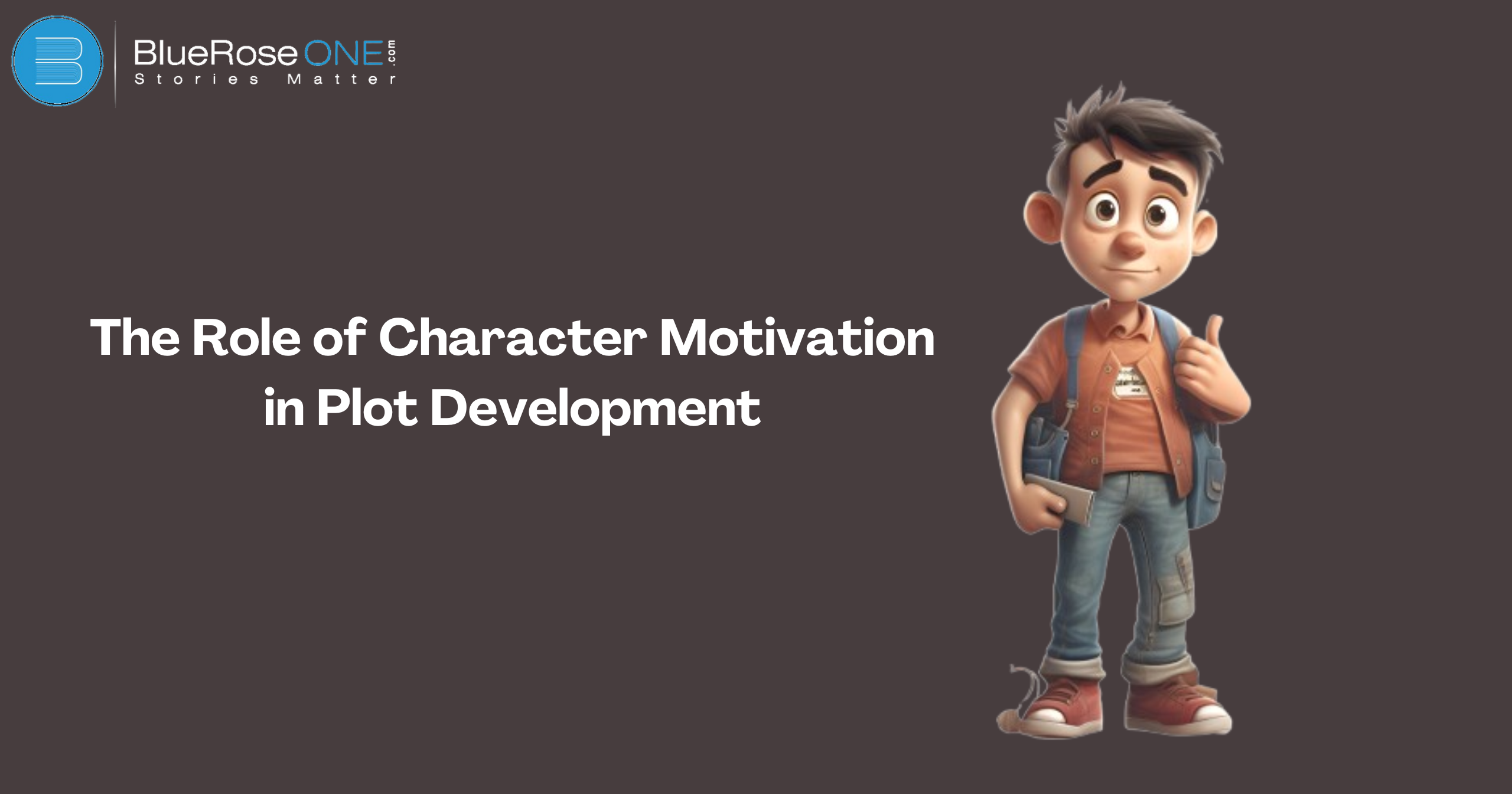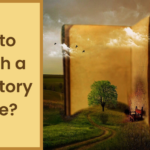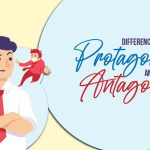What is Character Motivation?
Character motivation describes the reasons behind a character’s actions, decisions, and behaviors. It answers the most important question: why does this character do what they do. Motivation can come from personal desires, external influences, or a combination of the two.
You may also like: Top 10 Author Podcasts Every Aspiring Author Should Listen To
Types of Character Motivation
Internal Motivation
Internal motivation is character motivation that stems from inner goals, feelings, or internal conflicts. It arises from the character’s desires for themselves, such as accomplishing a dream, conquering fear, or discovering self-acceptance. This motive frequently leads to intriguing character arcs because it resonates deeply with their inner journey. For example, a character seeking personal development may confront trials that test their resilience, propelling the plot ahead while making their actions realistic and emotionally interesting.
External Motivation
External motivation refers to the external forces that influence a character’s behavior, such as reaching a goal, conquering a challenge, or responding to outside influences such as societal expectations or threats. These motives are frequently linked to tangible benefits or outcomes, such as money, power, or survival. For example, a character may put everything on the line to save a loved one or win a tournament. External motivations are important in character motivation because they create conflict, propelling the plot ahead and keeping readers involved.
You may also like: 10 Best Books on Writing Every Aspiring Author Should Read
Why Character Motivation Matters in Plot Development
Creates Believability
Drives Conflict and Tension
Shapes the Character’s Arc
You may also read: Top 10 Rhetorical Devices Every Writer Should Listen To
Connecting Character Motivation to Plot Structure
The Role of Motivation in the Exposition
Character motivation establishes the plot’s foundation by exposing what motivates the characters. This phase introduces their aims, concerns, and aspirations, allowing readers to understand why they behave as they do. For example, a protagonist driven by vengeance sets the stage for a conflict-driven story. By connecting motivations with plot structure early on, writers establish a strong emotional connection, assuring the audience’s engagement as the story progresses.
Motivation as a Catalyst in the Rising Action
Motivation at the Climax
Resolving Motivation in the Falling Action and Resolution
Character motivation must be resolved during the falling action and resolution of a story in order for a satisfactory conclusion. During these stages, the characters’ decisions and actions should represent their journey, demonstrating how their ambitions and goals grow. By tying character motivation to story structure, authors guarantee that the end result feels earned and logical. This closure not only ties up loose ends but also showcases the character’s development, making the plot feel more unified and emotionally satisfying to the reader.
You may also read: Anthology vs. Collection: Understanding the Key Differences
Examples of Strong Character Motivation in Literature and Film
Classic Literature Examples
- Jay Gatsby in The Great Gatsby: Gatsby’s relentless pursuit of Daisy drives his every action, shaping the tragic narrative.
- Elizabeth Bennet in Pride and Prejudice: Elizabeth’s motivation to remain true to herself while navigating societal pressures adds depth to her character arc.
Examples in Modern Cinema
- Katniss Everdeen in The Hunger Games: Katniss’s motivation to protect her family leads her to become a symbol of rebellion.
- Tony Stark in Iron Man: Stark’s journey from selfishness to selflessness is rooted in his motivation to atone for past mistakes.
Tips for Writers to Create Compelling Character Motivation
Understand Your Character’s Backstory
Tie Motivation to Universal Themes
Balance Internal and External Motivations
To generate compelling character motivation, it is critical to balance internal and external variables. Internal motivations stem from the character’s own goals, concerns, or unresolved past experiences. External incentives come from the world around them, such as relationships, social pressure, or external ambitions. A well-rounded character motivation combines the two, making the character’s decisions and actions feel genuine while propelling the plot ahead. Balancing these incentives ensures that the character’s development is authentic and compelling, retaining the reader’s interest in their path.
Show, Don’t Tell the Motivation
To build powerful character motivation, avoid openly explaining why a character behaves in a given way. Instead, depict their actions, feelings, and choices in the story. Instead of saying “John wanted to protect his family,” describe how he risked his life to keep them safe. This strategy allows readers to feel the characters’ motivations, making them more realistic and compelling. Showing character motivation through actions strengthens the reader’s emotional connection with the character.
You may also read: How Can I Get Book Published?
Common Mistakes to Avoid When Writing Character Motivation
Overcomplicating Motivations
Lack of Consistency
Ignoring the Emotional Impact
Another typical mistake in character motivation is neglecting the emotional consequences of a character’s actions and decisions. Motivation is more than simply what a character wants; it is also about why they are compelled to pursue it. Skipping this emotional dimension might cause characters to appear flat or unconvincing, lowering reader engagement. Consider how emotions such as fear, hope, and guilt influence decision-making. This richness makes motivations credible, propelling the plot along and establishing real relationships with the audience.
The Interplay Between Character Motivation and Themes
How Motivation Reinforces Themes
Aligning Character Goals with the Central Message
Conclusion
Frequently Asked Questions
Yes, evolving motivations can add depth, reflecting growth or shifting priorities.
Motivation defines their actions, driving the conflict and making the story engaging.
Study human behavior, explore character backstories, and connect motivations to universal themes.
















